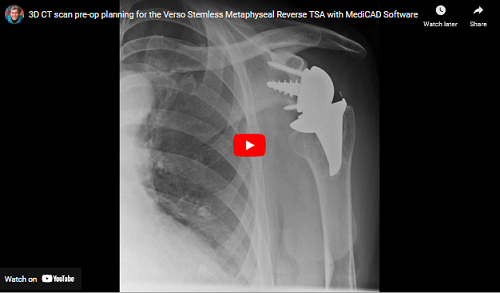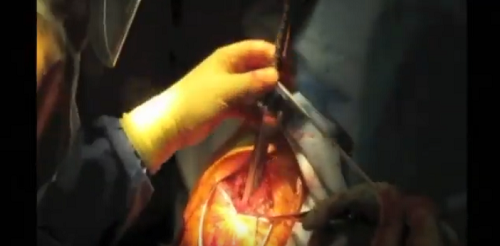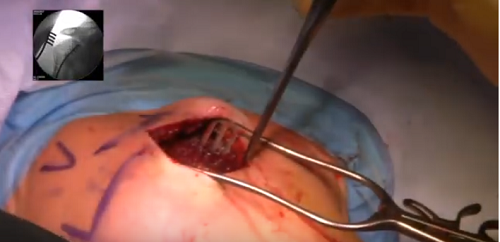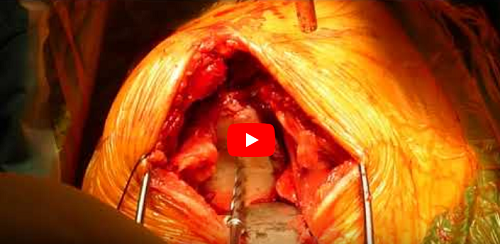Surgical Techniques
Contents:
 The Verso® Stemless Reverse Total Shoulder Replacement
The Verso® Stemless Reverse Total Shoulder Replacement 3D CT scan pre-op planning for the Verso Stemless Metaphyseal Reverse TSA with MediCAD Software
3D CT scan pre-op planning for the Verso Stemless Metaphyseal Reverse TSA with MediCAD Software Verso Humerus for Fractures
Verso Humerus for Fractures Palm Tree Technique
Palm Tree Technique Reverse Shoulder Prosthesis Verso Surgical Technique
Reverse Shoulder Prosthesis Verso Surgical Technique
Shoulder Instability
Purse-String Suture Technique for Arthroscopic Shoulder Stabilization
Open reconstruction of the Bankart lesion is the standard form of treatment for patients with traumatic anterior instability.The results of preventing recurrent dislocation have been satisfactory, although loss of motion has been reported as a disadvantage of the technique.Advances in technology and technique in arthroscopic shoulder stabilization have made it increasingly accepted as an alternative. Advantages include less surgical morbidity, excellent assessment of intra-articular pathology, decreased pain, improved range of motion, and better cosmesis.
An increased understanding of the anatomy of shoulder stability has improved patient selection, and the results of arthroscopic treatment in appropriately selected patients approach the results of open techniques. Most arthroscopic techniques are based on careful assessment of the pathoanatomy, meticulous mobilization of the capsuloligamentous structures and restoration of the labral ''bumper'' using multiple suture anchors.
We have described a new arthroscopic technique, the ''Purse-String technique,^ which addresses the Bankart lesion and the capsule laxity, using a single suture anchor. This technique has been adapted arthroscopically from an open technique described by Copeland and Levy. A single suture anchor in the arthroscopic technique replaces (Fig. 1) the vertical apical suture used in the open technique
The repair is 3-fold: firstly, a labral repair; secondly, the creation of an anterior bumper; and finally, a capsular shift
Fig 1 - Diagram of the Purse string technique
Video of Purse String repair technique - insert
Current controversies in Shoulder Instabilty:
Arthroscopic versus open stabilisation
The role of surgery in the first time dislocator PDF PRESENTATION
You will need the Adobe Reader to view and print these documents. 
